Published on December 14, 2020
I recently watched a YouTube video where the homeowner placed her leftover food down the garbage disposal before proceeding to clean the rest of her kitchen. I cringed as I scrolled down to the comments section as eager viewers responded with words of affirmation like “I do this too!”
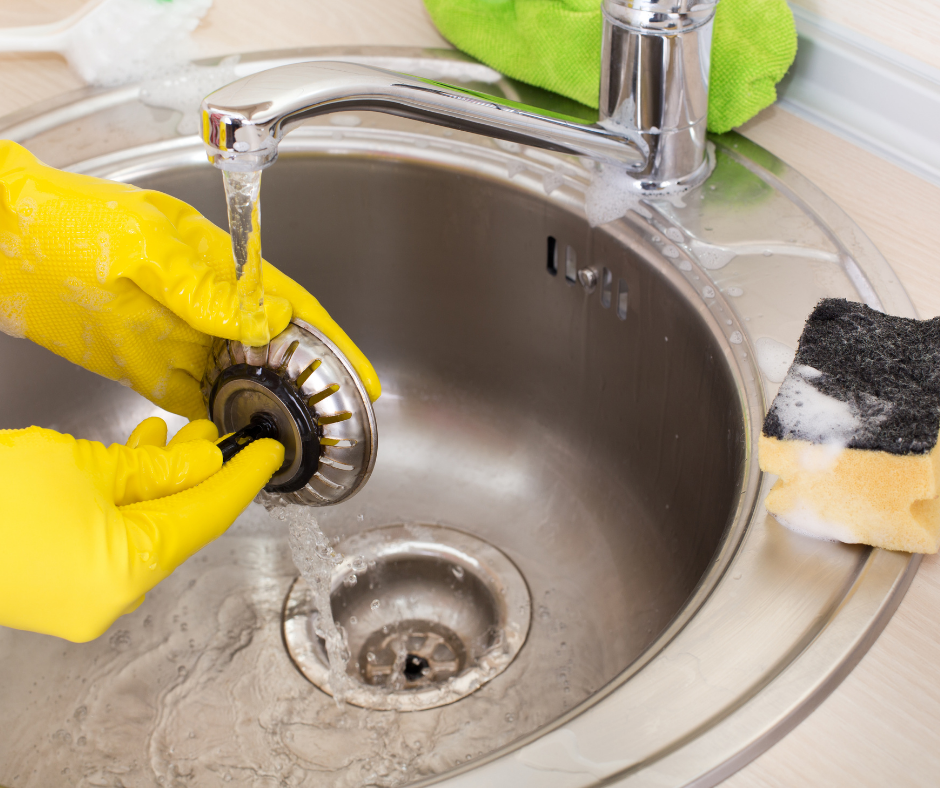
While I’m a big fan of these videos for quick and easy cleaning hacks, sometimes I want to write a personal note to the YouTuber to let them know how their actions could impact their home and the environment.
I thought it would be fun to dive into the history of the garbage disposal and talk about some alternatives to using this mighty kitchen grinder.
The History of the Garbage Disposal
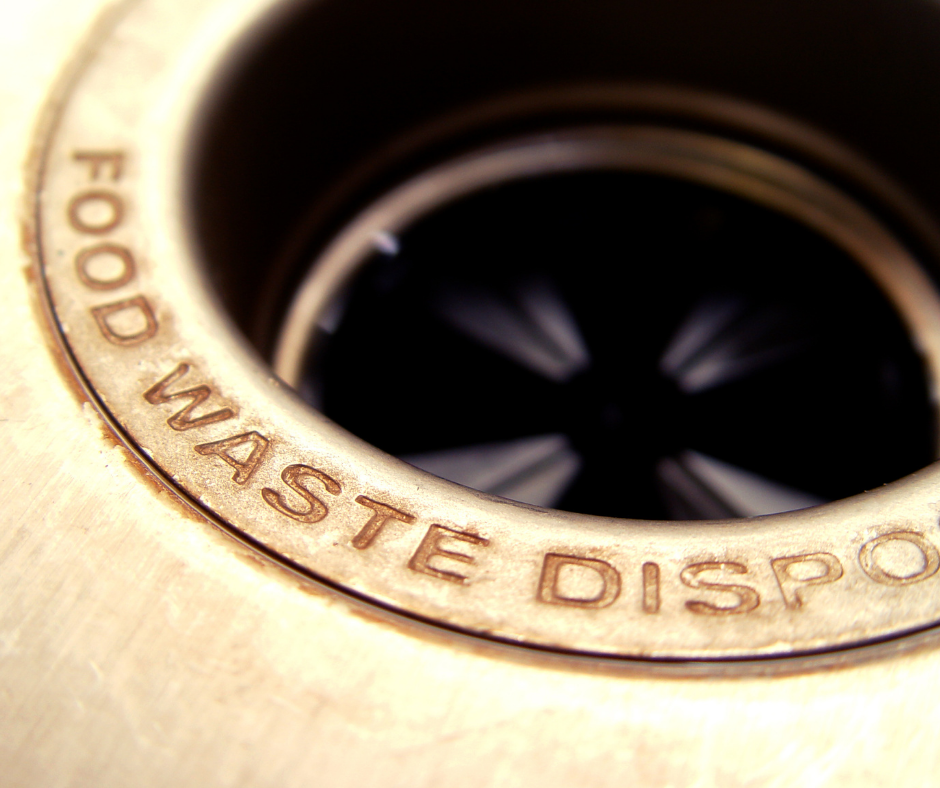
The garbage disposal was created in 1927. The idea behind the garbage disposal is to cut pieces small enough to pass through plumbing.
The original intent by the creator of the garbage disposals was to lighten the load in the kitchen and take the burden off waste management facilities by using existing wastewater treatment infrastructure for organic food waste.
The problem with this is our wastewater system was not designed to whisk away food from kitchen sinks. It was designed to treat wastewater.
Dirty dish water? No problem. Leftover cake batter? Not so much.
Have you ever wondered why your garbage disposal has a bit of a stench? If all your food was perfectly grinded and whisked away, would there be a smell? Your grinded food, along with any fats, oils and greases from that food cling to the walls of your pipes, possibly leading to a clog and leaving behind a not- so- inviting smell.
Instead of shoving food into the garbage disposal, here are other ways to consider reducing/eliminating food waste:

Grocery Shop More Often
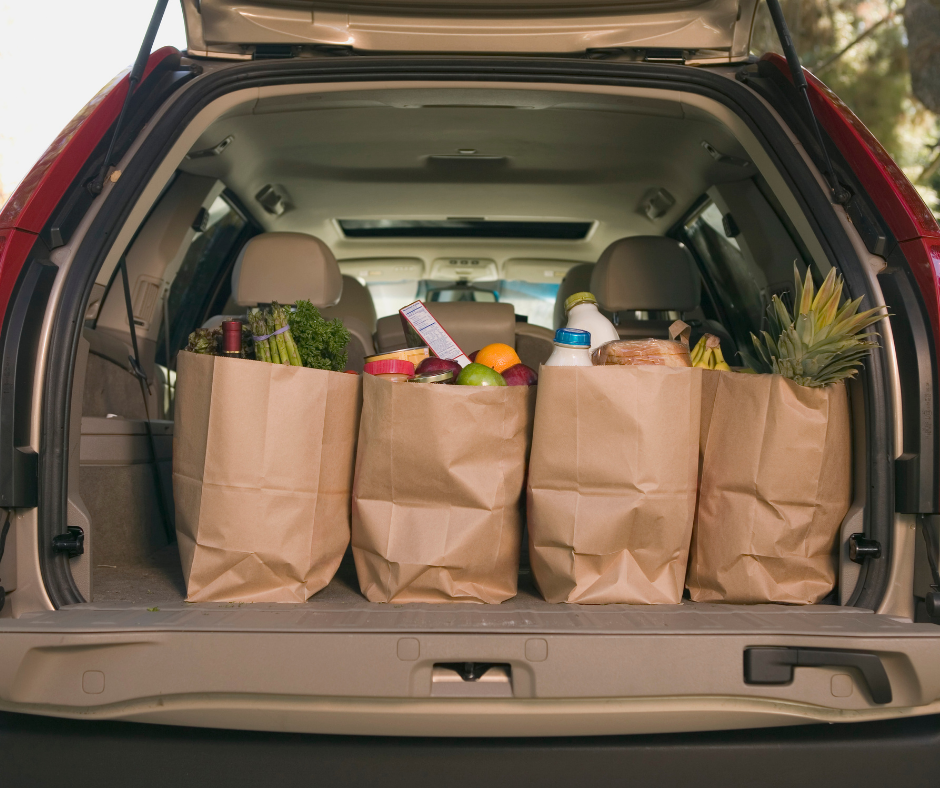
My husband and I have started grocery shopping once a week to make sure we’re using up everything we purchase and only buying what we need. When we shopped every other week, we would waste leftovers, and our fruits and veggies would go bad before we had a chance to eat them.
Make smaller portions
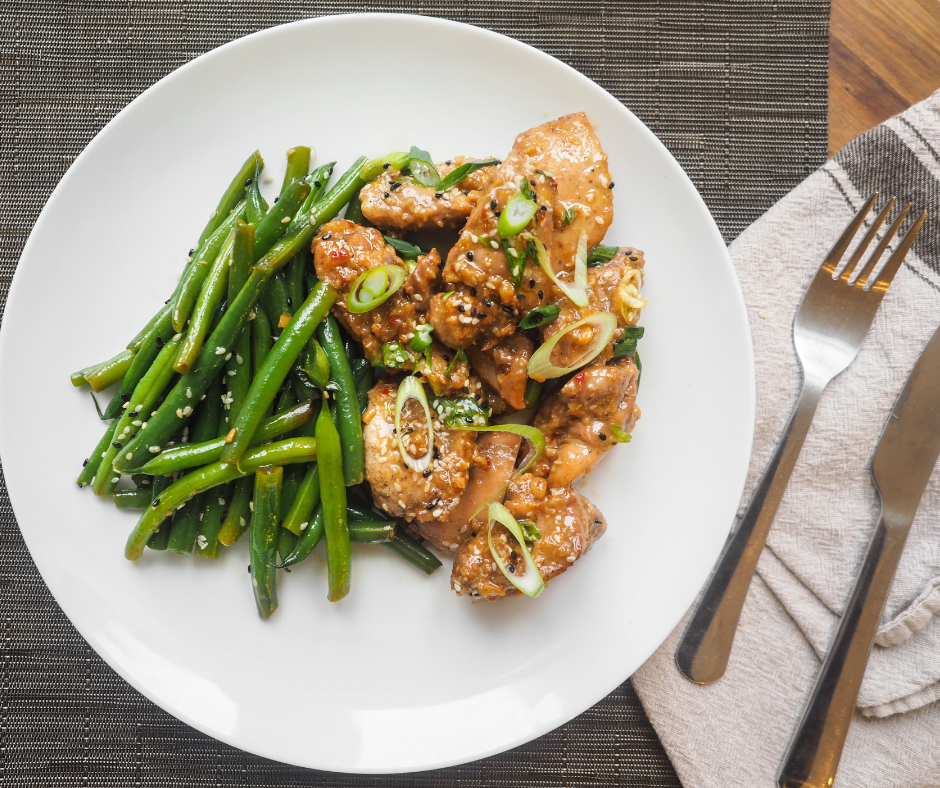
Try to make only what you need. Meal prepping and meal planning helps with this!
Use a strainer
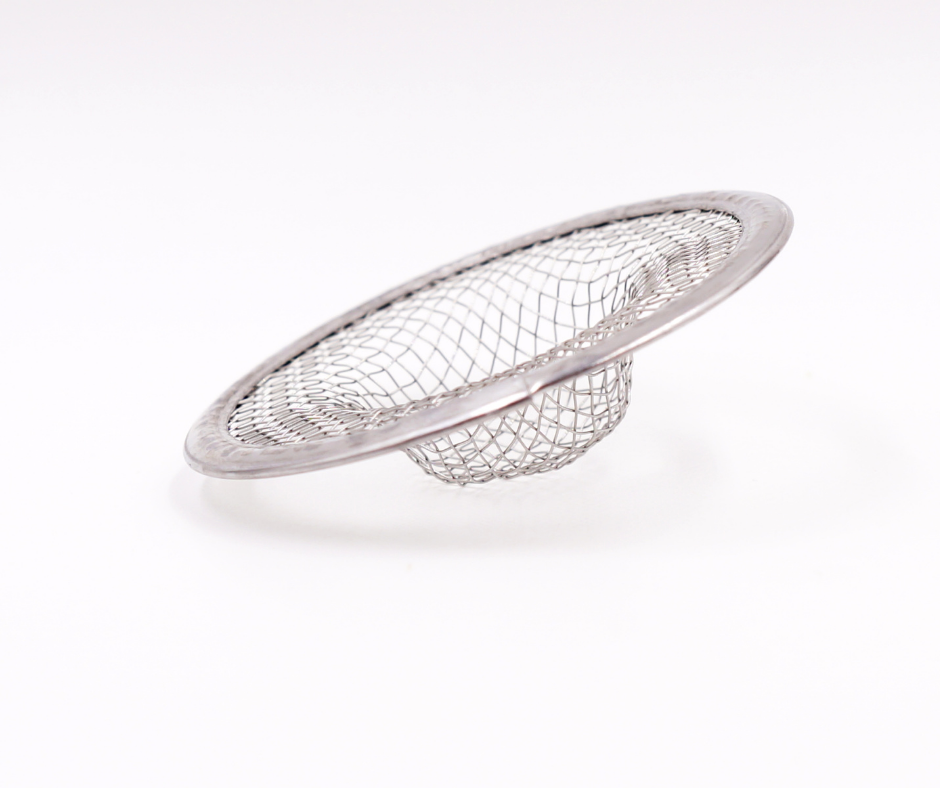
These handy kitchen tools are perfect for capturing extra food and scraps. They keep food from going down your drain. Once full, simply toss the food scraps into the trashcan.
Compost
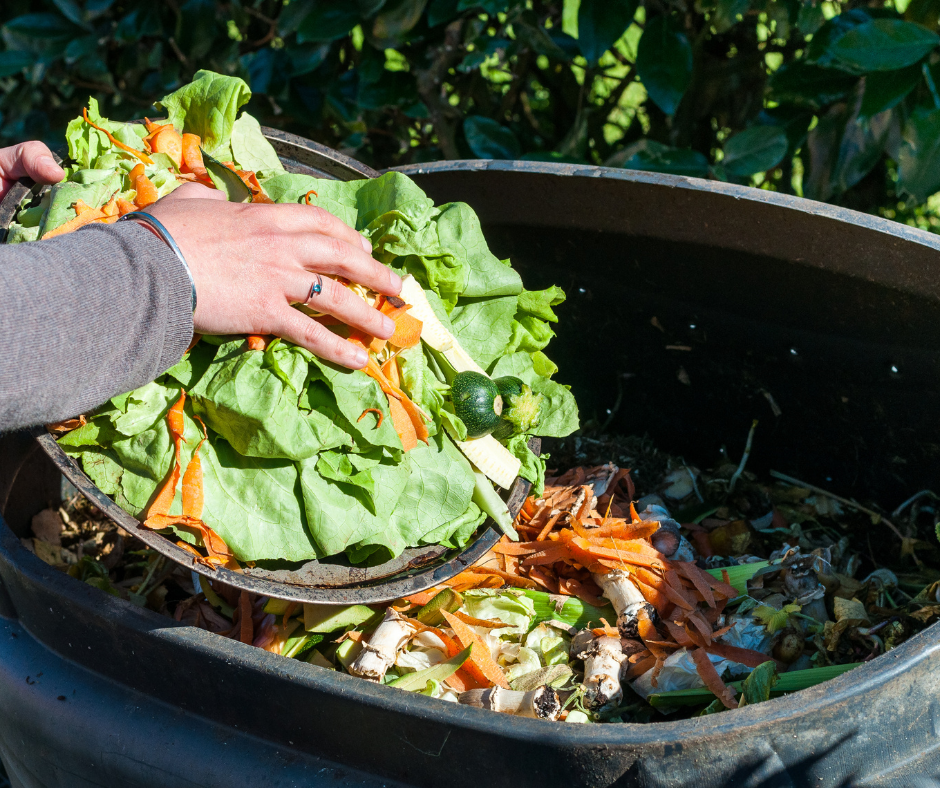
Composting helps to reduce food waste by allowing the food to break down and turn into a rich soil that can be used for your garden! If you’re interested in composting, here’s a composting guide for lazy gardeners!
Toss it in the can

While we’re all trying to avoid clogging our landfills with unnecessary items, remember waste management was created to manage waste. If the tips above are not feasible, scrape your plates into the trashcan, not down the drain.
I hope these tips help you keep your garbage disposal clean and clog free!
Written by Lacie Wever, Community Education and Outreach Specialist